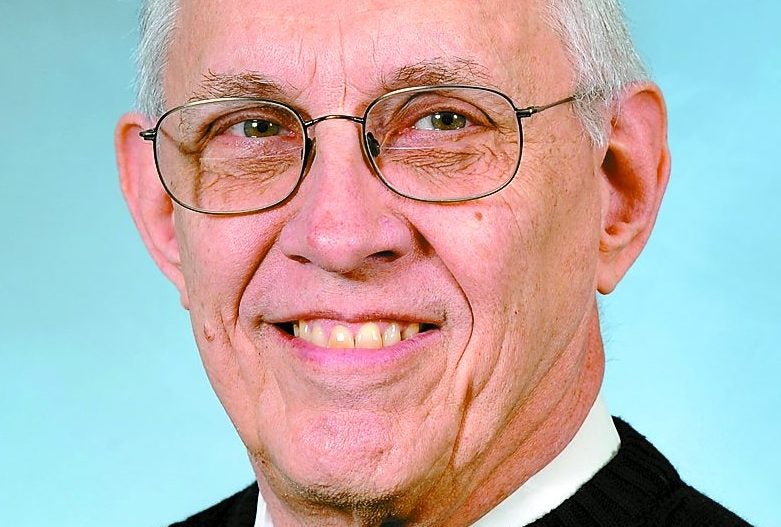Witt: What do you know about the Constitution?
Published 9:56 am Tuesday, September 25, 2018

- Chuck Witt is a retired architect and a lifelong resident of Winchester.
Sept. 17 marked the 231st anniversary of the signing of the U.S. Constitution in 1787.
This was pointed out by Roberta Newell in a Facebook post, and generated a search into some of the factors related to that significant date.
Most people probably understand the significance of the year 1776, but it is likely far fewer know about this momentous event in the year 1787.
So, here’s a quick history lesson of the Constitution, one that should be easy to absorb.
Sept. 17, 1787, followed a long, hot summer in Philadelphia, a summer during which acrimony reigned for much of the time (perhaps induced by the steamy weather).
Despite attempts to paint the gathering as rosy and compliant, the varied interests of the delegates ruled out continuous camaraderie throughout the session.
Of the 74 individuals invited to attend, only 55 chose to do so. Of those 55, 13 dropped out before the convention completed its work, and three others remained to the end but then refused to sign the final agreed document.
In the end, 39 signed it.
Twelve of the 13 states were represented by the signees. Rhode Island refused to send delegates and was the last state to ratify the Constitution on May 29, 1790.
Of the signatories, Jonathan Dayton was the youngest at 26. Benjamin Franklin was the oldest at 81. Franklin was also the first of the signers to die, in April 1790, while James Madison was the last to meet his maker in June 1836.
Of those who signed, 32 were born in the U.S. (though it wasn’t the United States at the time they were born, still a colony of England). Four were born in Ireland, one in England, one in Scotland and Alexander Hamilton in the West Indies.
Hamilton called the final draft a “weak and worthless document” and Luther Martin thought it a stab in the back of the goddess of liberty. Yet both appended their names to it.
There must be scores, even hundreds of books written about the Constitution and how it came about. Three easy books to read are “Miracle at Philadelphia” by Catherine Drinker Bowen, “Founding Brothers” by Joseph J. Ellis and “Benjamin Franklin” by Walter Issacson.
Bowen’s book is probably the easiest read and concentrates on the men and how their specialized local or regional interests influenced the ways they viewed the document and the arguments and vitriol which accompanied the negotiations.
Interestingly Article 2, Section 1 states, “No person except a natural born Citizen, or a Citizen of the United States, at the time of Adoption of this Constitution, shall be eligible to the Office of President, neither shall any person be eligible to that Office who has not attained the Age of thirty-five years…”
Dayton (mentioned above) couldn’t seek the Presidency for another nine years — if he chose to do so — and the citizenship of seven signers might have been questioned had they sought the office because of where they were born.
The Constitution isn’t a perfect document. If it were, there would not have been 27 amendments to it over the course of some 200 years.
Even the Bill of Rights — which many members wanted included in the original document — was not ratified until December 1791 and the last amendment, the 27th, was finally ratified May 5, 1992 — 202 years, seven months and 10 days after it was first introduced Sept. 25, 1789.
The wheels of government move slowly.
Chuck Witt is a retired architect and a lifelong resident of Winchester. He can be reached at chuck740@bellsouth.net.





